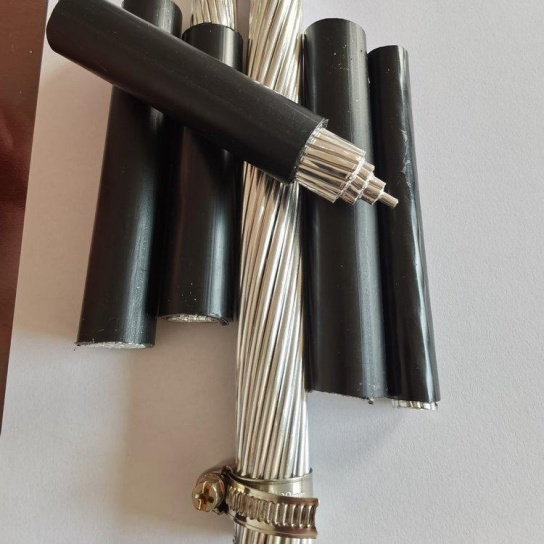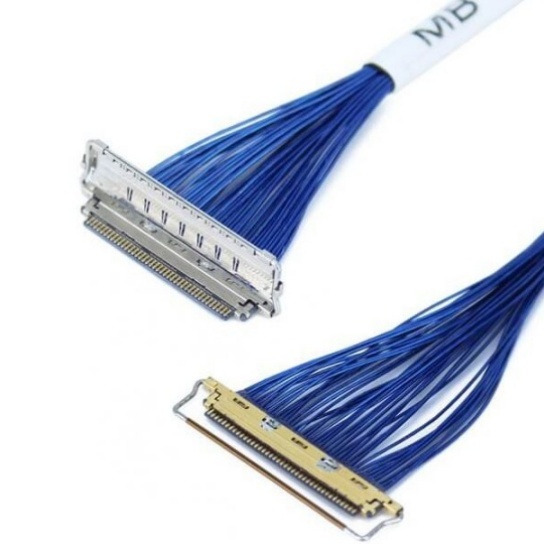What Are the Anti-Corrosion Measures for Aviation Cables?
1. Use Corrosion-Resistant Materials
Selecting cables with built-in corrosion resistance is the first line of defense:
Jacket Materials: Opt for insulation made of fluoropolymers (e.g., PTFE) or polyurethane, which resist moisture and chemical exposure.
Conductors: Choose tinned copper or silver-plated wires to prevent oxidation.
Connectors: Use gold-plated or nickel-plated connectors to minimize electrochemical reactions.
Standards to Follow: Ensure materials meet aviation certifications like AS23053, MIL-DTL-27500, or SAE AS81044.
2. Apply Protective Coatings and Sealants
Coatings create a barrier against corrosive elements:
Silicone or Polyurethane Coatings: Shield cables from humidity and UV radiation.
Anti-Corrosion Sprays: Apply dielectric grease or corrosion-inhibiting sprays to connectors and terminals.
Environmental Seals: Use heat-shrink tubing or rubber grommets to seal cable entry points in connectors.
Pro Tip: Reapply coatings during routine maintenance, especially after exposure to harsh environments.
3. Prevent Galvanic Corrosion
Galvanic corrosion occurs when dissimilar metals come into contact. Mitigate this by:
Isolating Metals: Use insulating sleeves or washers between aluminum and steel components.
Avoiding Mixed Alloys: Ensure connectors, terminals, and fasteners are made of compatible materials.
4. Control Environmental Exposure
Limit contact with corrosive agents through proactive measures:
Humidity Control: Install desiccant packs in avionics bays or storage areas to reduce moisture.
Salt Spray Protection: Rinse cables with fresh water after flights in coastal or marine environments.
Chemical Avoidance: Route cables away from fuel lines, hydraulic fluids, or de-icing agents.
5. Implement Regular Cleaning Routines
Contaminants accelerate corrosion. Clean cables systematically:
Post-Flight Wipes: Use lint-free cloths and aviation-grade solvents (e.g., isopropyl alcohol) to remove salt, dirt, or grease.
Connector Cleaning: Employ specialized contact cleaners and brushes to clear oxidation from pins and sockets.
Warning: Avoid abrasive tools or harsh chemicals that damage protective coatings.
6. Proper Storage and Handling
Improper storage increases corrosion risk during downtime:
Climate-Controlled Storage: Maintain humidity below 50% and temperatures between 10–25°C (50–77°F).
Coiling Techniques: Store cables in loose coils to prevent stress cracks in insulation.
Protective Covers: Use anti-static bags or silica gel-lined containers to block moisture ingress.
7. Routine Inspections and Testing
Early detection is key to preventing corrosion-related failures:
Visual Inspections: Check for discoloration, greenish patina (copper corrosion), or white powdery deposits (aluminum oxidation).
Continuity Tests: Use multimeters to identify resistance changes caused by corroded conductors.
Borescope Checks: Inspect internal connectors and hard-to-reach areas for hidden damage.
Documentation: Track inspection results to identify recurring issues and plan replacements.
8. Replace Damaged Components Promptly
Corroded cables or connectors cannot be fully restored. Replace them if you observe:
Pitted or cracked connectors.
Brittle or discolored insulation.
Intermittent electrical performance.
Note: Always use OEM-approved replacements to maintain system integrity.






